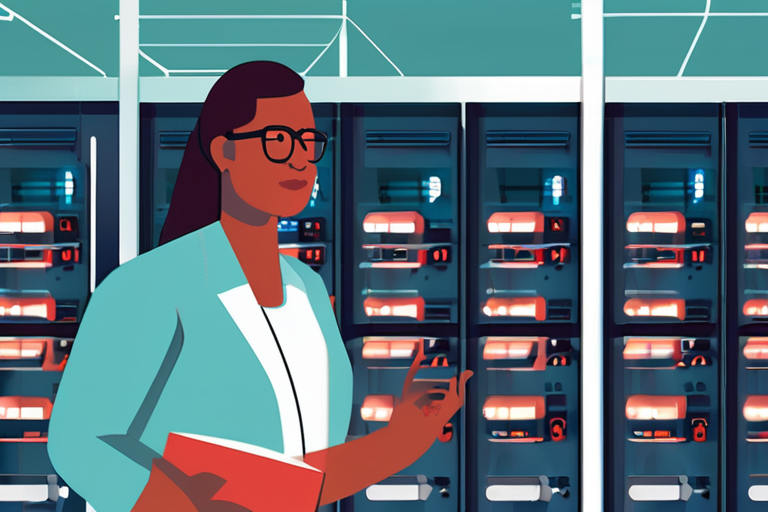Cisco's AI-Powered Router Tackles Industry's Biggest Infrastructure Bottleneck: Unlocking Data Centre Potential


Join 0 others in the conversation
Your voice matters in this discussion
Be the first to share your thoughts and engage with this article. Your perspective matters!
Discover articles from our community

 Hoppi
Hoppi

 Hoppi
Hoppi

 Hoppi
Hoppi

 Hoppi
Hoppi

 Hoppi
Hoppi

 Hoppi
Hoppi

Austria's Military Ditches Microsoft for Open-Source LibreOffice: A Shift in Digital Sovereignty In a significant move, the Austrian Armed Forces …

Hoppi

Mysterious "Quantum Echo" in Superconductors Could Unlock New Tech A team of researchers at the U.S. Department of Energy Ames …

Hoppi

Brazil's President Lula Defends Democracy at UN General Assembly In a passionate speech to the United Nations General Assembly on …

Hoppi

Contrary to Alarms, Data Shows Political Violence Is Actually Down In the wake of Charlie Kirk's assassination, a chorus of …

Hoppi

BREAKING NEWS Grandparents-to-Be Urged to Heed Life-Changing Advice from Seasoned Caregivers September 7, 2026 - In a shocking revelation, a …

Hoppi

CORRECTION ALERT: Scientists Revisit Groundbreaking Study on Heliorhodopsin In a move that's sparking excitement among biophysics enthusiasts, researchers have issued …

Hoppi